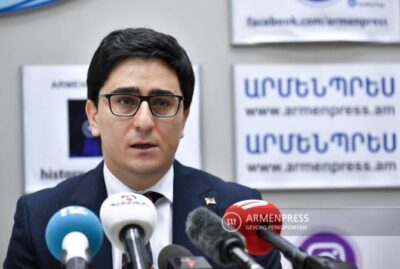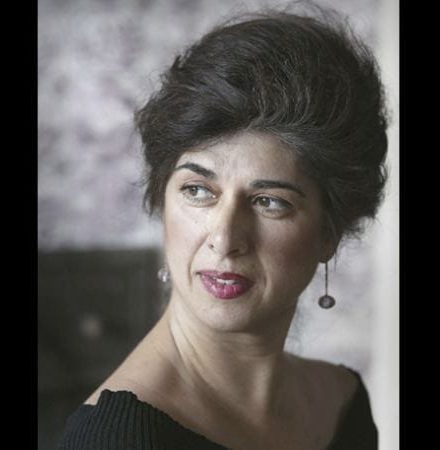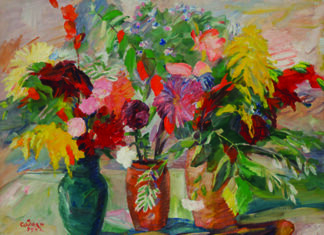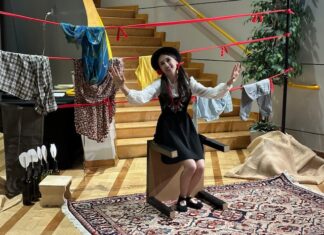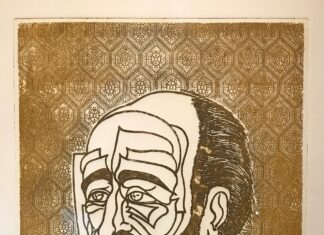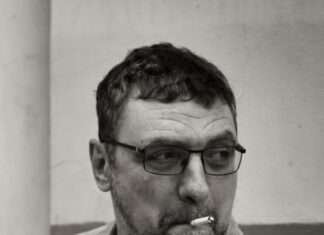By Florence Avakian
NEW YORK — A nation’s cultural cleansing is a destruction of its history, a “rape of its culture,” stated Tasoula Hadjitofi, on Friday, February 2, to an overflow crowd at the Zohrab Information Center of the Armenian Diocese.
Hadjitofi was born in Famagusta, Cyprus, now occupied by Turkish forces for more than four decades, related her spine-tingling story of orchestrating one of the most riveting European art trafficking stings since World War II. She has meticulously detailed her engrossing 40-year detective work in her newly released book, The Icon Hunter: A Refugee’s Quest to Reclaim Her Nation’s Stolen Heritage.
The art sleuth was introduced by Zohrab Center executive director, the Very Rev. Daniel Findikyan who called her book “a memoir of entry into the international art trafficking of icon antiquities from the monuments and monasteries of Cyprus, belonging especially to the Orthodox Christians.” These precious relics, many which were disfigured and partially destroyed, have now been restored and returned to Cyprus, including a priceless 14th-century Armenian manuscript gospel.
![]() The author used a Power Point demonstration to illustrate what she called the “most beautiful island in the Mediterranean — Cyprus.” She emotionally related how she, at the age of 14, and her family, were forced to flee in 1974 when Turkey invaded and occupied 40 percent of the island, including her “beloved” home city of Famagusta.
The author used a Power Point demonstration to illustrate what she called the “most beautiful island in the Mediterranean — Cyprus.” She emotionally related how she, at the age of 14, and her family, were forced to flee in 1974 when Turkey invaded and occupied 40 percent of the island, including her “beloved” home city of Famagusta.
“I woke up to the sound of planes roaring, and bombs exploding,” she related. “Many of my classmates were raped and killed. During the invasion, my mother was kneeling and praying for three days. I saw war through the eyes of a child. Where was the United Nations? Where were the British and the Greeks who had once occupied the island? Where were the American cowboys?”
